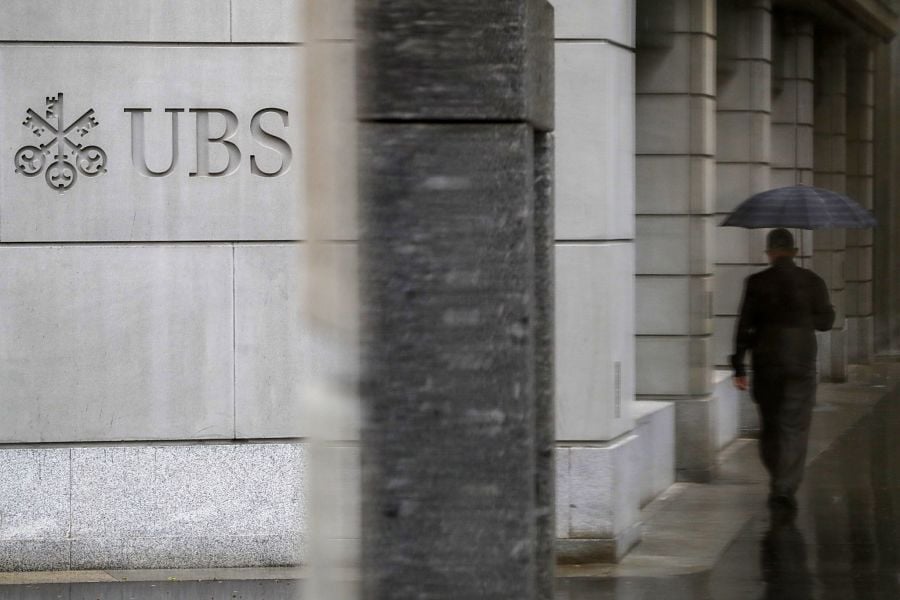

UBS Group has about $200 million in exposure to Russian assets that were used as collateral in loans to clients at its wealth unit.
The Swiss bank also identified “a small number” of wealth management clients who have been sanctioned in response to Russia’s invasion of Ukraine, it said in its annual report, published Monday. Those clients had less than $10 million in total loans outstanding as of March 3.
“We are working to implement sanctions imposed by Switzerland, the U.S., the EU, the UK and others,” Chief Executive Ralph Hamers and Chairman Axel Weber said in the report.
Wealthy Russians with links to President Vladimir Putin have seen their assets frozen across the world, while other rich bank clients who borrowed against Russian assets have to come up with more collateral after those securities plunged in value. Bloomberg reported previously that UBS and Credit Suisse Group are both triggering margin calls on some customers who use Russian bonds as collateral, after marking down the value of debt issued by the country and its corporations.
In a margin call, banks ask investors to add cash or securities to a portfolio that typically also includes some borrowed funds or securities when the market value falls below a predetermined limit, often during a market rout or other event. The bank can forcibly liquidate clients' holdings if they are unable or unwilling to deposit the funds.
UBS said its direct country risk exposure to Russia added $634 million to its total emerging market exposure of $20.9 billion. Not included in the figure are $51 million in net assets held at its Russian subsidiary. It had no material direct country risk exposures to Ukraine or to Belarus as of Dec. 31.

Last week's layoffs totaled at least 130 Cetera employees, according to a senior industry executive.

Four of the Magnificent Seven will report this week.

Easing anxiety has seen the haven asset slide from record high.

Uncertainty remains challenging for Treasuries traders.

Move will raise concerns of inflationary impact of tariffs.
RIAs face rising regulatory pressure in 2025. Forward-looking firms are responding with embedded technology, not more paperwork.
As inheritances are set to reshape client portfolios and next-gen heirs demand digital-first experiences, firms are retooling their wealth tech stacks and succession models in real time.
